Dormer windows can be extremely useful additions and remain one of the most common alterations to domestic dwellings whether that be for a loft conversion or to improve head room in a one-and-a-half storey house. Dormers are often the most effective way of creating extra space and daylight into the upper levels of your property.
Dormer windows can also enliven otherwise bland roofslopes but must be proportioned correctly. The mono-pitch or wedge dormer and the gabled dormer are the two most common types in North Norfolk. Dormers come in a variety of shapes, sizes and finishes but are notoriously difficult to get right in terms of how they react with the rest of the building. Often there is a fine line between gaining as much space as possible inside and ensuring the external appearance of the building is not compromised. When it comes to dormers, bigger does not necessarily mean better, often the best results are those which consider proportions and relationship with the lower levels of the building and its existing openings and prevailing features.
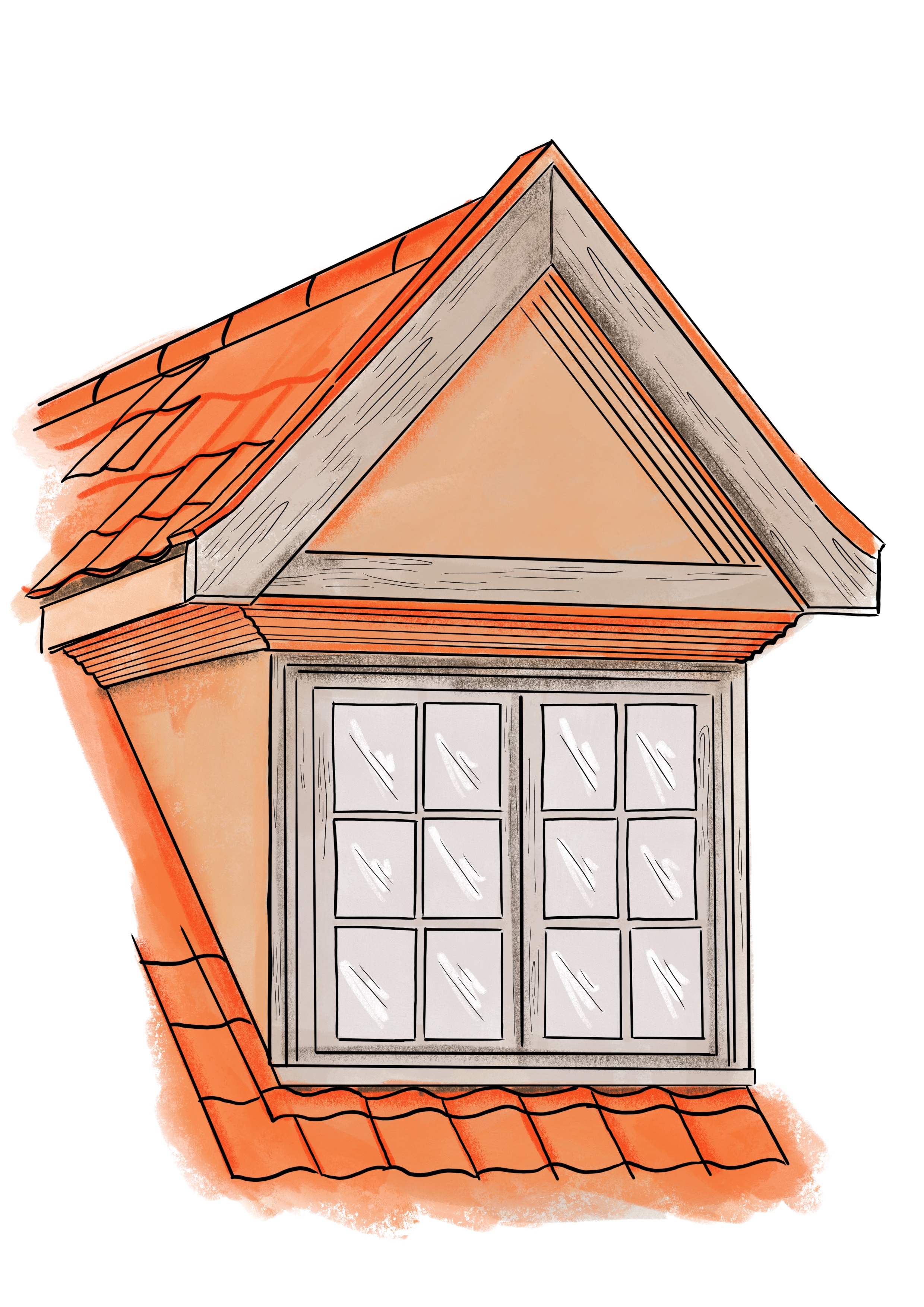
Classical 18th century dormer - usually found on larger houses.
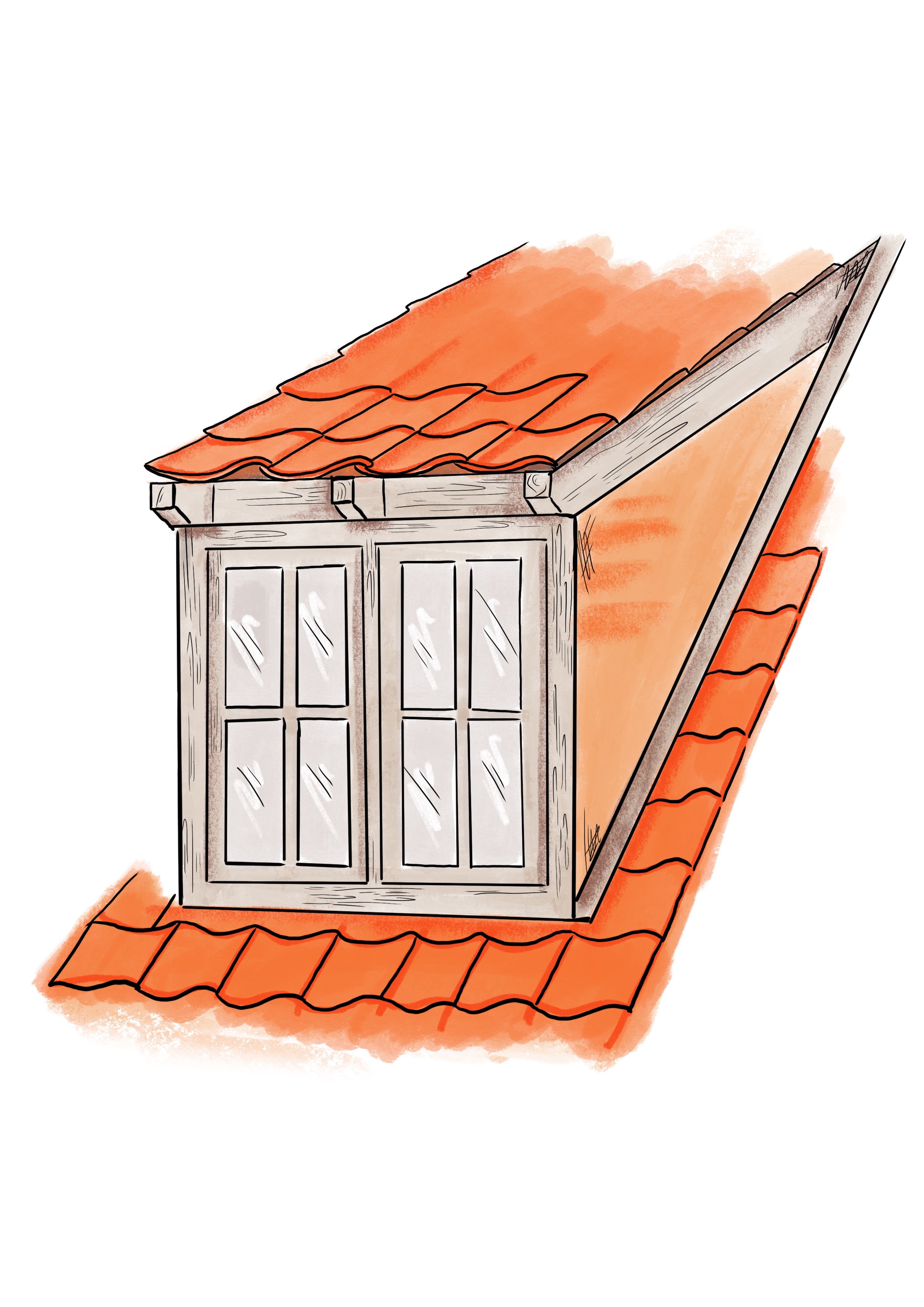
'Wedge' or 'Catslide' dormer - most typical for cottages from 18th - 20th centuries.
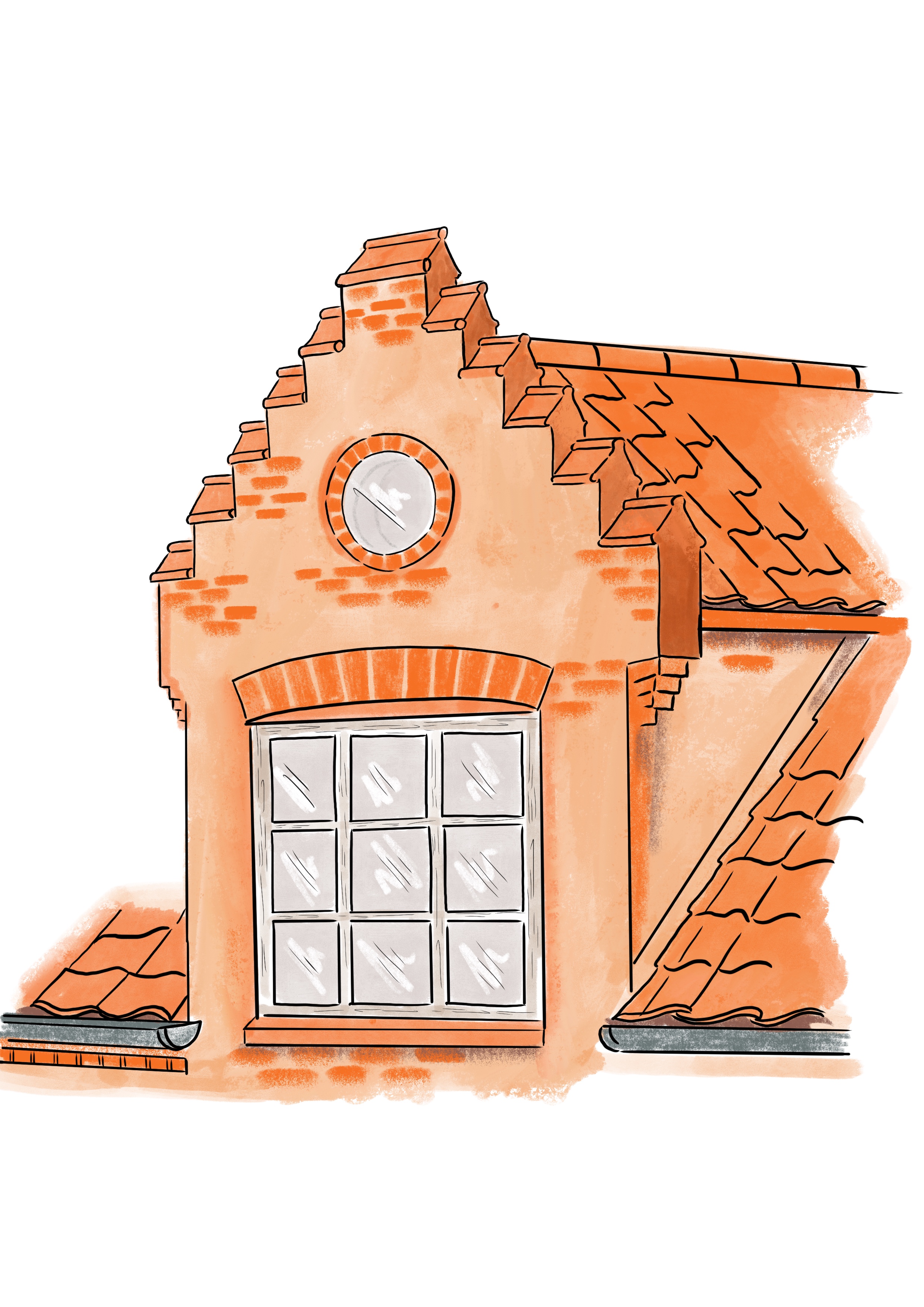
Unusual 'crow-stepped' gable dormer in brick, 19th century.
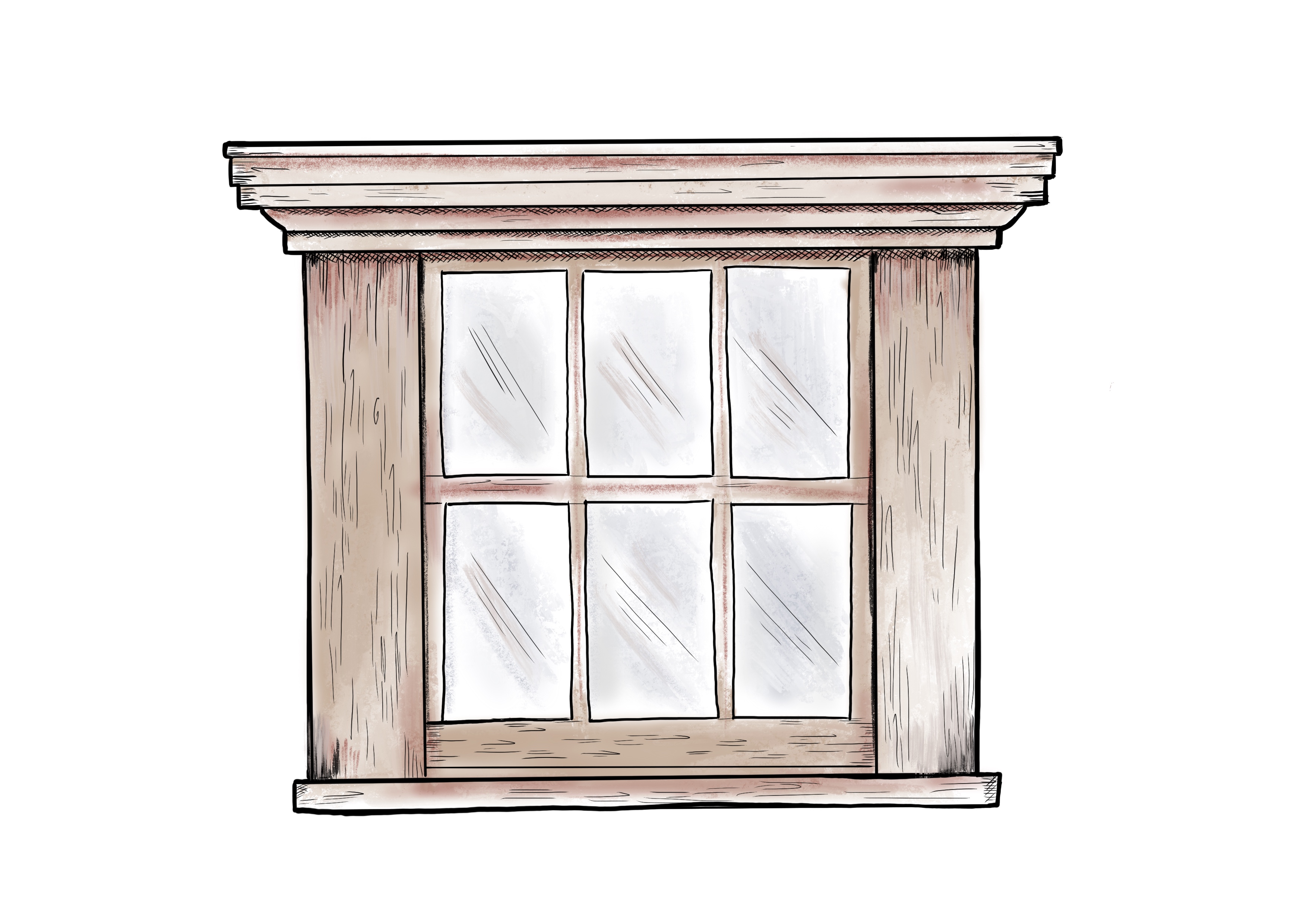
Flat roof attic dormer seen on classical and 'Polite' buildings.

Gable type (usually with plain bargeboards) of 17th - 20th centuries.
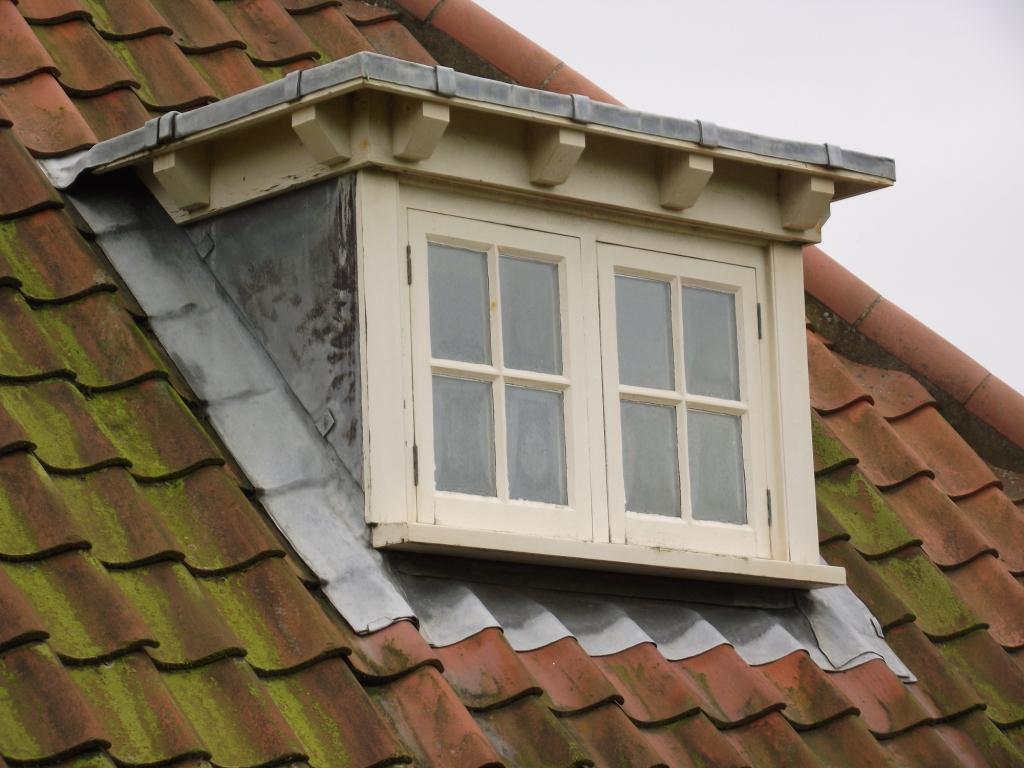
Flat roof dormer with lead cheeks and flashing.